I have passed with a lot of those signs during my life so the following symptoms of bad tires are what actually you will see if your tires get worn.
It is estimated that around 10% of vehicles on the road right now in the U.S. have one or more bad tires that need to be replaced. The main sign for bad tires is low tread depth but there are another 10 common signs of balding tires to recognize.
#1 balding tires have low tread depth.

Tire tread depth plays a crucial role in proper tire traction, especially on wet and slippery roads. So tires with tread depth below 2/32nd inches must be replaced.
Wherever you live, minimum tire tread depth varies from province to province. For instance, the U.S. Department of Transportation recommends a minimum tread depth of 2/32nd inches or (1.6 millimeters). While in the U.K. and Canada, the minimum tread depth is (1.16 mm) and (1.6mm) respectively.
Moreover, if you live in a rainy place and driving with bald tires on slick roads, you should have a tire with a tread depth of not less than (3.2 mm). the depth that is essential for handling wet surfaces.
If you drive on unpaved roads like me and always carry heavy loads, you will notice that you are replacing your tires more frequently as the tire tread is chewed up faster.
Also, I always advise avoiding high-speed driving and aggressive cornering that significantly participate in tire rubber corrosion and so early worn tires.
You can easily measure tire tread depth and know if you have bad tires through 3 simple ways.
- Penney test. Take Lincoln’s head penny and insert Abe`s head into the grooves between the treads. if the Lincoln’s entire head remains visible, so you don’t have enough tread. Repeat this test in different spots to ensure the result.
- Treadwear par. All new tires have an indicator bar perpendicularly placed between the treads. These tread bars are invisible in new tires so as the tire tread wears out, the indicator bars gradually start to appear till they reach the minimum tread depth.
- Some tire manufacturers make colored bars that change their color when the tread is worn. Others make stamped design bars that indicate 100%, 80% ..etc of the tread remaining.
- The last simple method is to place the tread depth gauge at the center of the main tread grooves and take the reading. Repeat this step in different spots to take the average readings. Take care not to place the gauge on any raised surface on the tires like a molded tread bar.
#2 cracks in the grooves of tire treads.
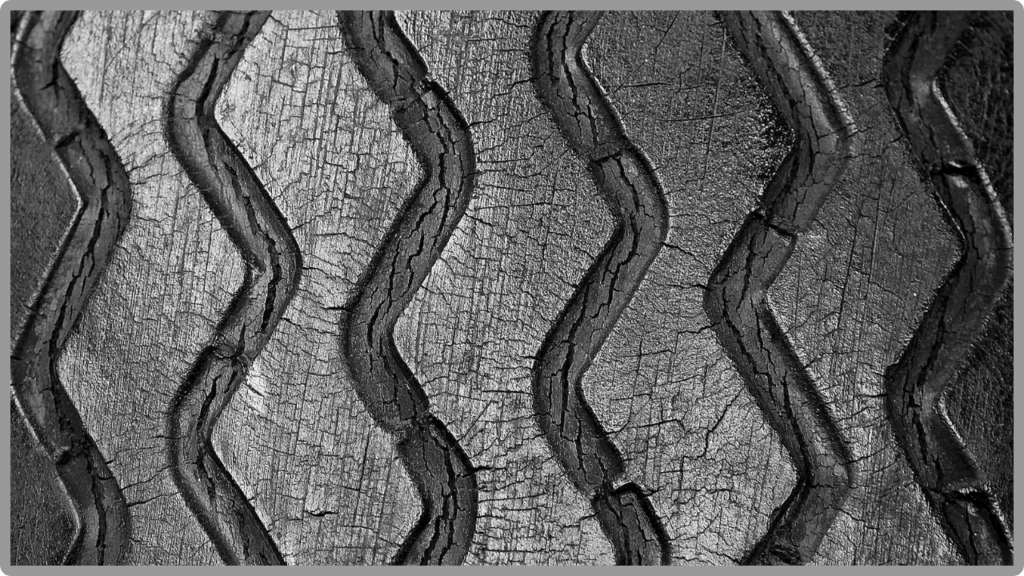
Over time the rubber of the tire is going to dry out and stiffen due to permanent exposure to extreme conditions like the sun’s UV rays, snowy rains, ice, and road chemicals.
Cracked tires are known as dry rot tires where you can see fine lines between treads, on the shoulders, and even on the tire sidewalls.
sometimes in the worst cases of the cracked tire. You can put the ball of the pen in the cracks. It truly indicates the very dangerous condition of the tire that quickly needs to be replaced.
Such aggressively cracked tires are nearly blown out as they develop a leak. water can penetrate these cracks and start rusting steel cords to damage the tire structure.
From my experience, I usually degrease and clean up my tires to remove any contaminants that cause dry rot tires.
#3 bad tires have bulges and cuts.
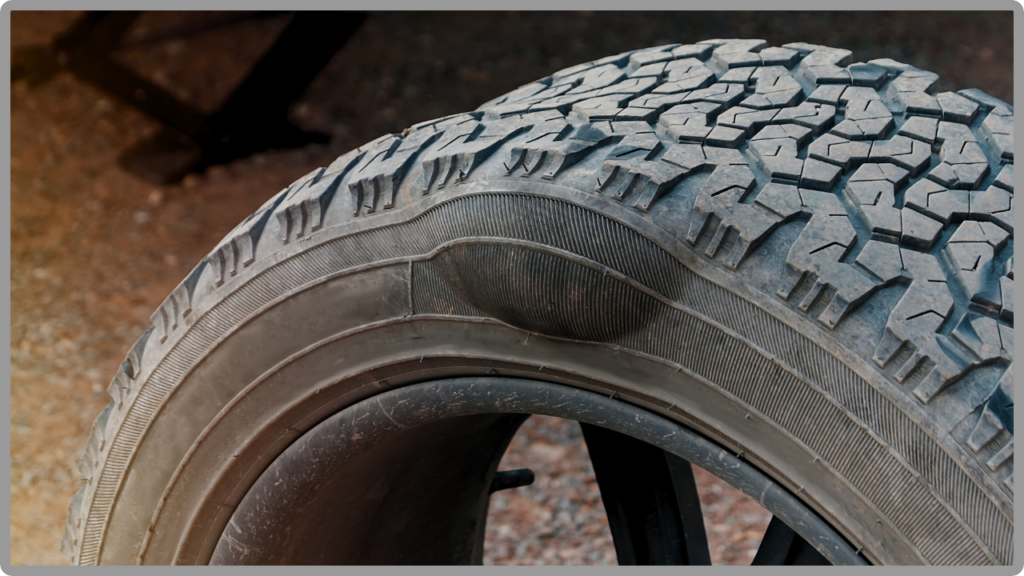
Here I don’t mean the nicks and scratches that are found on the tire as they are not a big issue, actually, I mean the harmful cuts that affect tire rigidity and structure.
Tire bubbles commonly occur when you harmfully hit deep potholes or curbs. This creates weak points through which the air can get between the inner lining and the outer rubber layers.
Don’t think too much, you should immediately replace the tires with bulges or threaten cuts to avoid sudden tire blowout and harm yourself.
#4 bad tires performance.
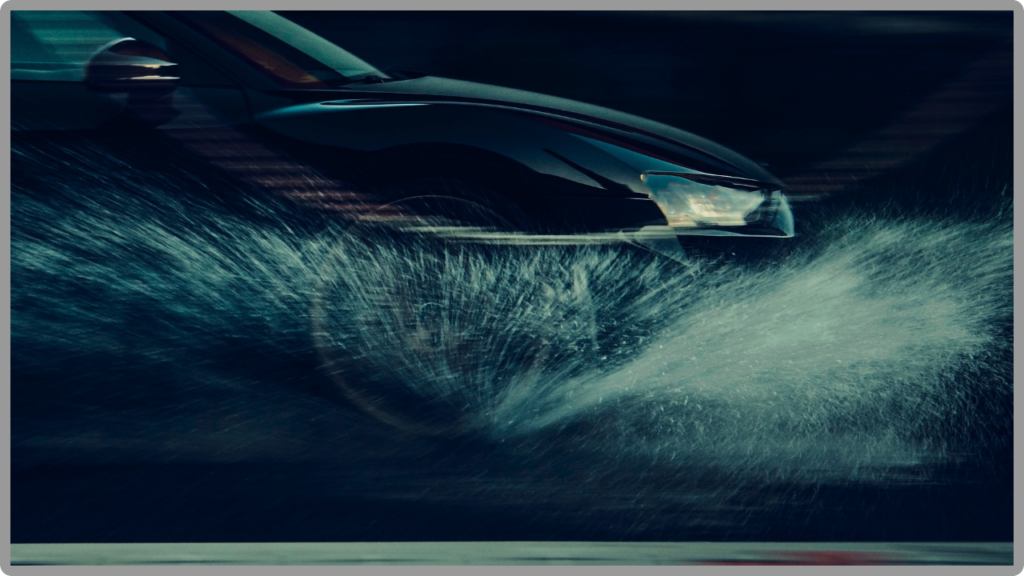
Most of the time there are many signs of bad performance of the vehicle that has bad tires.
- Bad gripping in the turns and corners especially on wet surfaces.
- Bad braking performance as it takes longer time and distance to completely stop.
- Tire hydroplaning. worn tires that have little tread depth are less effective in pushing the water out.
- driving with bald tires leads to General problems in vehicle handling.
Sometimes, the tire’s bad performance is due to inconvenient tires for driving conditions. For example, summer-only tires won’t perform well in snowy weather so you have to replace the tire with the suitable type even if it looks brand new.
#5 tire age.
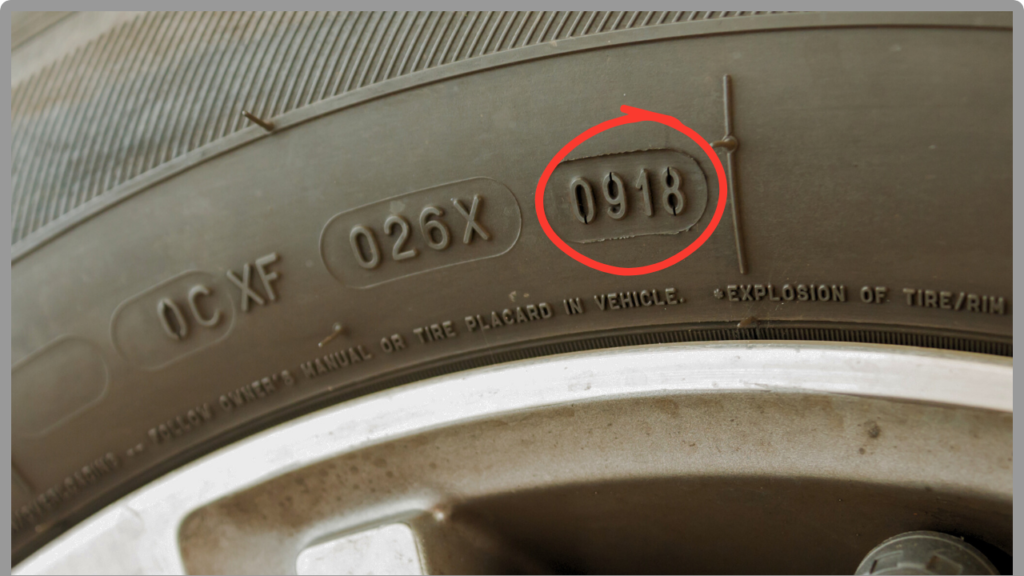
New tires can typically last for 2-3 years. However, it mainly relies on your driving habits.
The National Highway Traffic Safety Administration recommends the tires expire after 6 years of their manufacturing date so they must be replaced even if they look brand new.
If you let your tires till 10 years old, they reach maximum service life and no tire company will even serve you. so you have to immediately replace them.
So how do you know the manufacturing date of the bad tires?
- You can easily read the tire through numbers and letters stamped on its sidewall. Look at the last 4 digits on your DOT( department of transportation). the first 2 numbers indicate the manufacturing week while the last two for the manufacturing year.
- For instance: if the last 4 digits on the tire are (0918), it means the tire is manufactured in the 9th week of 2018.
Be careful, the tire age is the time from the manufacturing date not from the date of sale, so even if the tire looks new but exceeds 6 years old it is considered to be an expired tire.
#6 Critical punctures in bad tires.
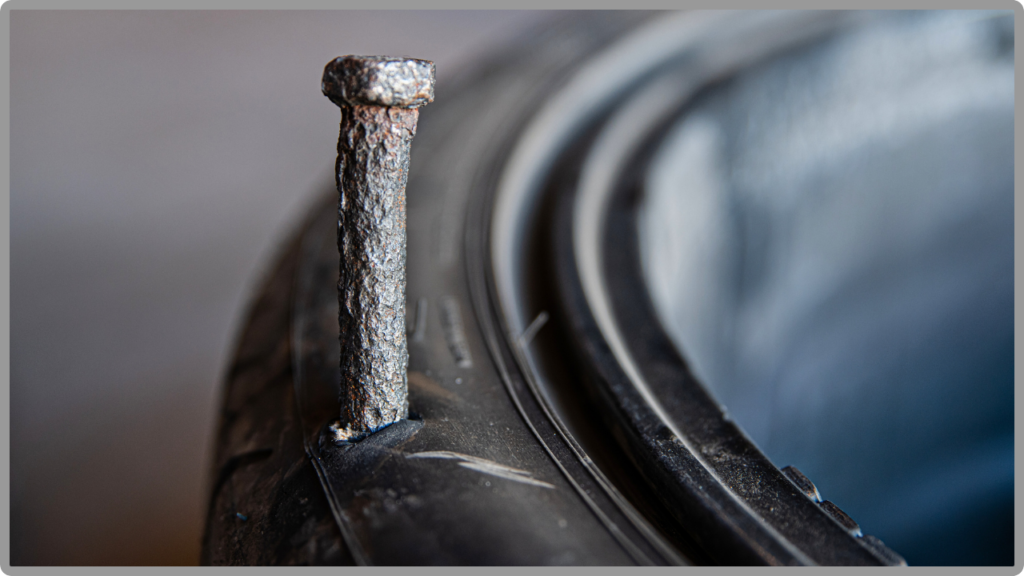
Your tires may get punctured in dangerous spots like tire shoulders or sidewall ( ill-placed puncture) which harmfully affect tire rigidity and structure.
If your tire gets a puncture of 1 ⁄ 4 inch in diameter, you have to replace your tire as it cannot be safely repaired. As You have to give priority to your safety, you should replace your bad tire that has close enough punctures and is risky to drive on.
#7 Steel or fabric cords appearance.
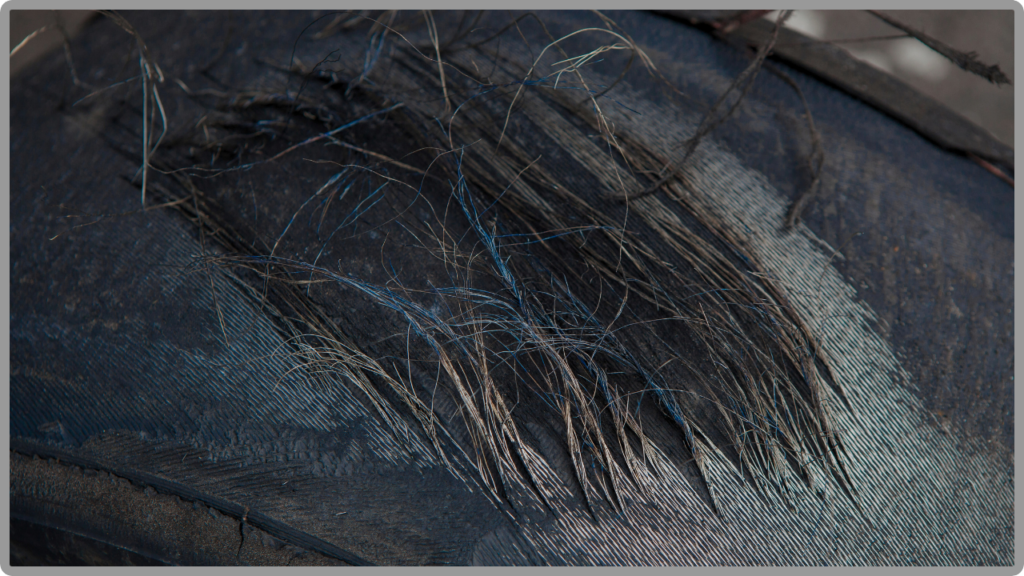
Steel cords are the crucial embedded tire components that keep the tire shape And give the tire stiffness in certain places like tire bead.
after balding tires, Seeing the tire steel cords could happen which is a clear sign of bad tires that should be replaced immediately. it is usually due to tire misalignment or non-rotated tires.
#8 uneven tire wear.
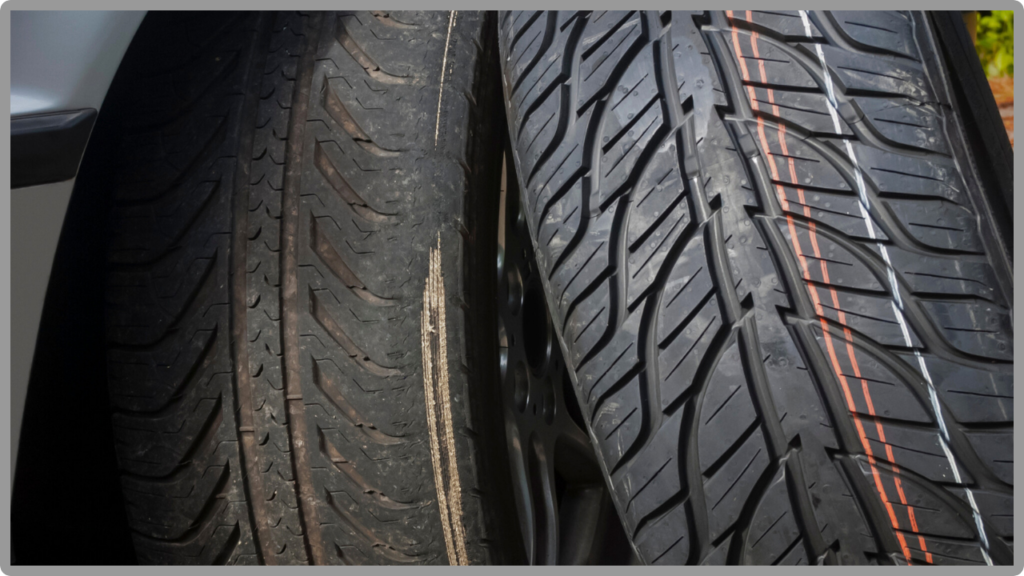
Uneven tire wear is also a sign of bad tires where you can find worn spots in different patterns. Uneven tire wear is basically related to many reasons like tire misalignment, unbalanced tire, damage in suspension parts, or even overinflation and underinflation.
#9 generates noise while driving.
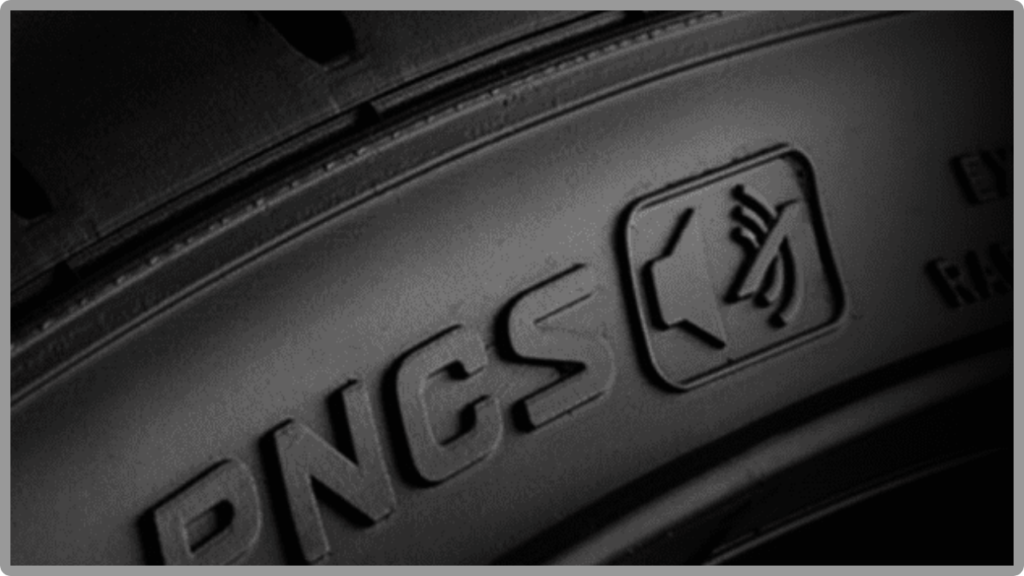
As your tire wears, It will have minimal tread. the additional surface area of the bald tire will contact the road causing noise generation.
From my experience, a bad braking system is also a known reason for surrounding noise that needs you to apply brake lubricant.
#10 Continuous dropping in tire pressure.
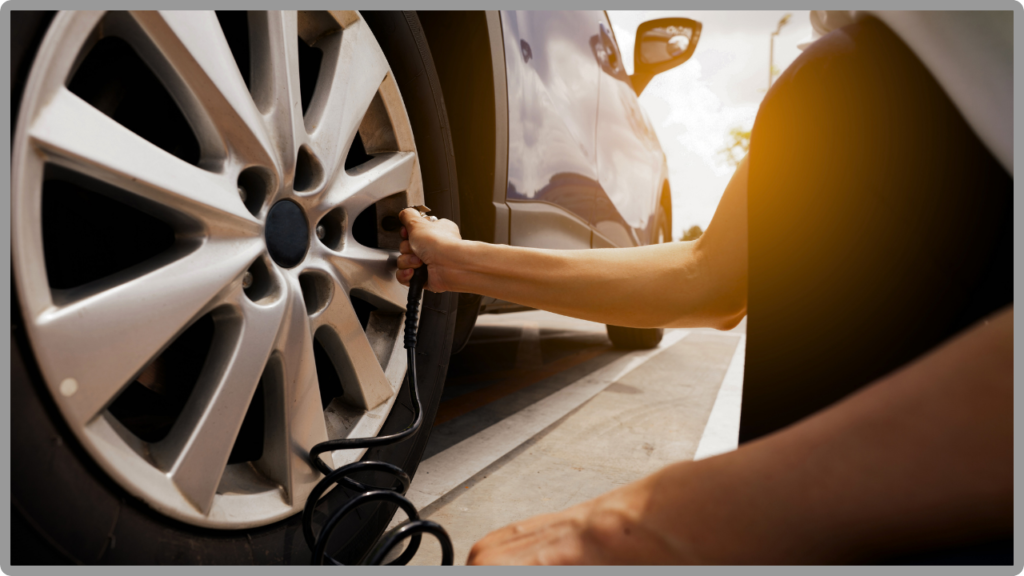
If you notice that you need to excessively adjust tire pressure, the reason might be the escaping air out of the cracks of bad tires.
You have to know that the main cause of air leaking out of the tire is commonly due to a damaged valve so you have to replace the tire valve stem.
#11 vibration of the steering wheel.
As you know the steering wheel vibration is mainly due to issues in tire alignment or balance but sometimes bad tires at higher speeds from 40-50 mph can cause wheel vibration. So if the vibration still exists after you have done tire maintenance, it is most likely that you have a bad tire to replace.
Additional useful tips you have to know.
- The prime advice is to choose high-quality tires for your vehicle as it is a life safety issue.
- Review the comparisons between the tires you need like this comparison between continental purecontact versus extremecontact, to ensure that you select the right tire for your vehicle. Choosing the appropriate tire can prevent premature tire wear.
- Don’t mix different models of tires as you will feel bad performance and unstable driving.
- If you must mix two different tires, I advise you to add the new tires at the rear of the vehicle and the old ones at the front. This will prevent oversteering on the slick roads.
- Visual inspection of the tire is also very significant to do from time to time. Run your hand over the tire tread back and forth to detect any raised or low spots, or bumpy and choppy feel on the tread.
- Also, check the tire tread bar if it is flush with the rest of the tire tread so you have to replace your tire.
How to increase tire life span?
I have collected many golden tips to prolong your tire life as much as possible.
- Routinely rotate your tires to ensure your tires wear evenly and last longer.
- Continuously adjust your tire pressure to protect it against damage.
- Don’t forget to do tire maintenance like tire balance and alignment.
- Improve your driving habits to avoid hitting potholes and curbs.
- Periodically wash and clean your tires from road debris and chemicals to protect them from cracks.
- Check vehicle suspension components like control arm bushing for any damage as it makes tire wear faster.
- If you must drive on unpaved roads, do it slowly and quietly.
- Use a tire cover to protect your tire from UV radiation and hard weather conditions.
To cut a long story short.
The average driver mistakenly assumes his or her vehicle’s tires are in good condition simply because there isn’t a flat. Try to check previous signs regularly to avoid the bad consequences of tire blowout.
FAQ.
Can you still go driving with bald tires?
Driving with bald tires is extremely dangerous and can lead to accidents due to reduced traction, increased risk of hydroplaning, and higher chances of blowouts. While tires are classified as bald when one of their grooves measures 2/32 of an inch, most experts agree that 4/32 is the minimum tire tread depth that should be considered safe.
Is it okay to have one bald tire?
No, Driving with even one bald tire is unsafe and can compromise your vehicle’s handling and stability.
how long can you drive on a bald tire?
You should not drive on bald tires. Bald tires have no tread depth and provide very little grip, significantly increasing the risk of hydroplaning, skidding, and loss of control, which can lead to accidents.

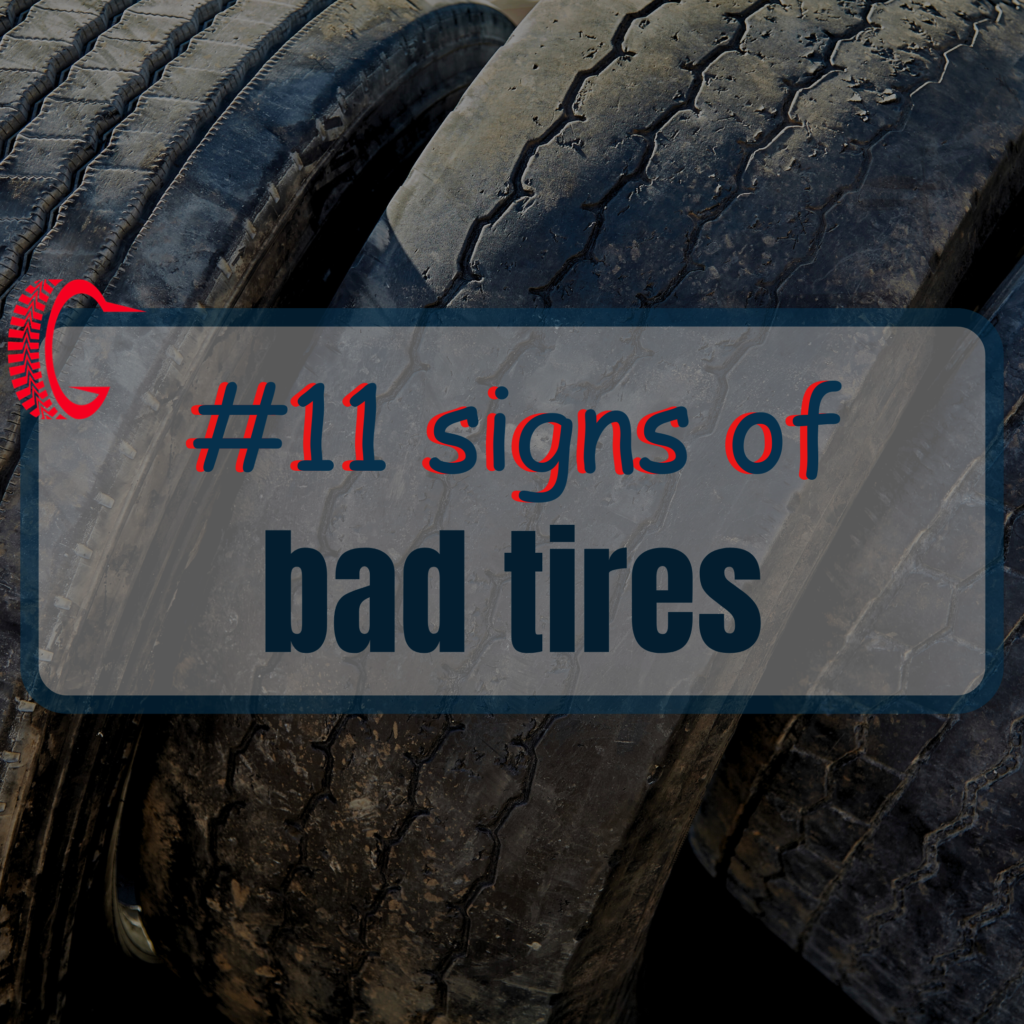
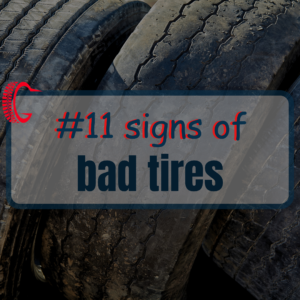
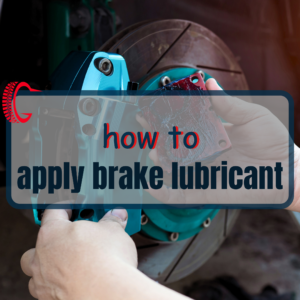
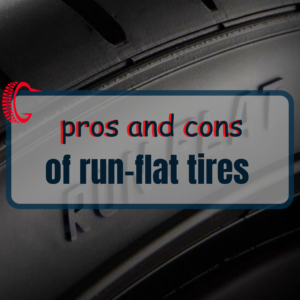
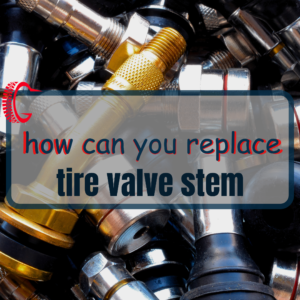
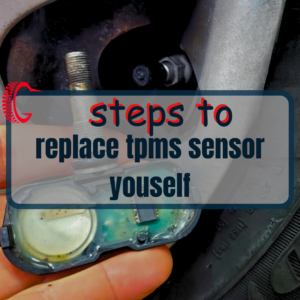
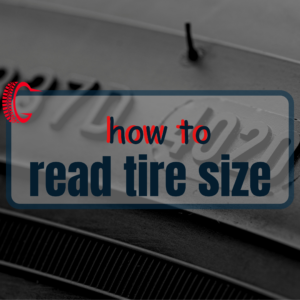
15 thoughts on “#11 Clear signs of bad tires to be concerned with in your vehicle.”
Hi! I know this is kind of off topic but I was wondering which blog platform are you using for this website?
I’m getting fed up of WordPress because I’ve had problems with hackers and I’m looking at alternatives for another platform.
I would be fantastic if you could point me
in the direction of a good platform.